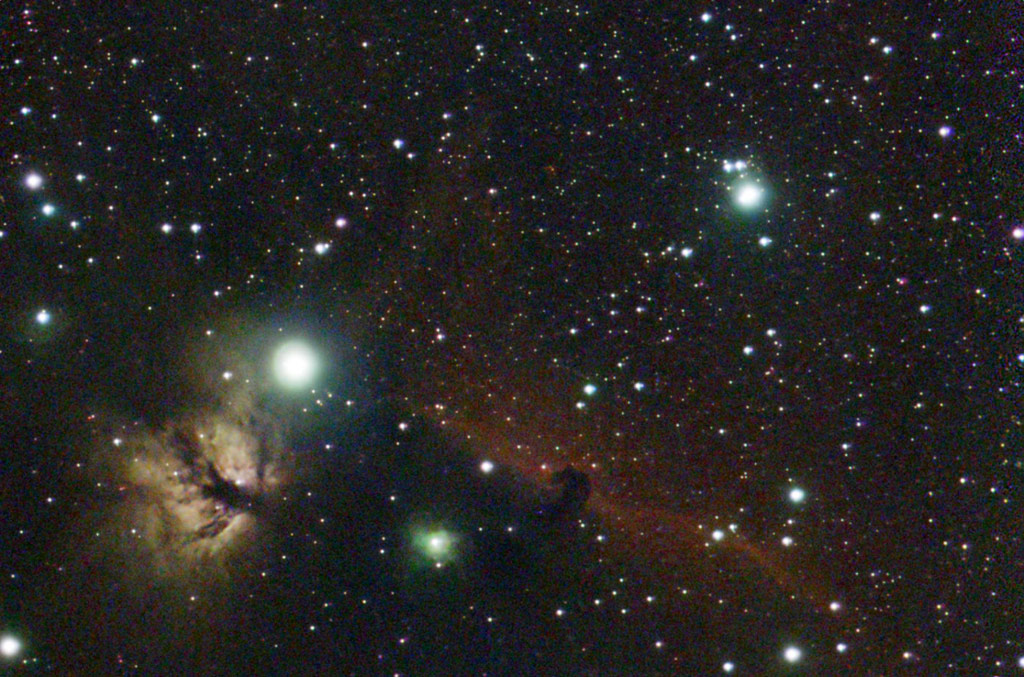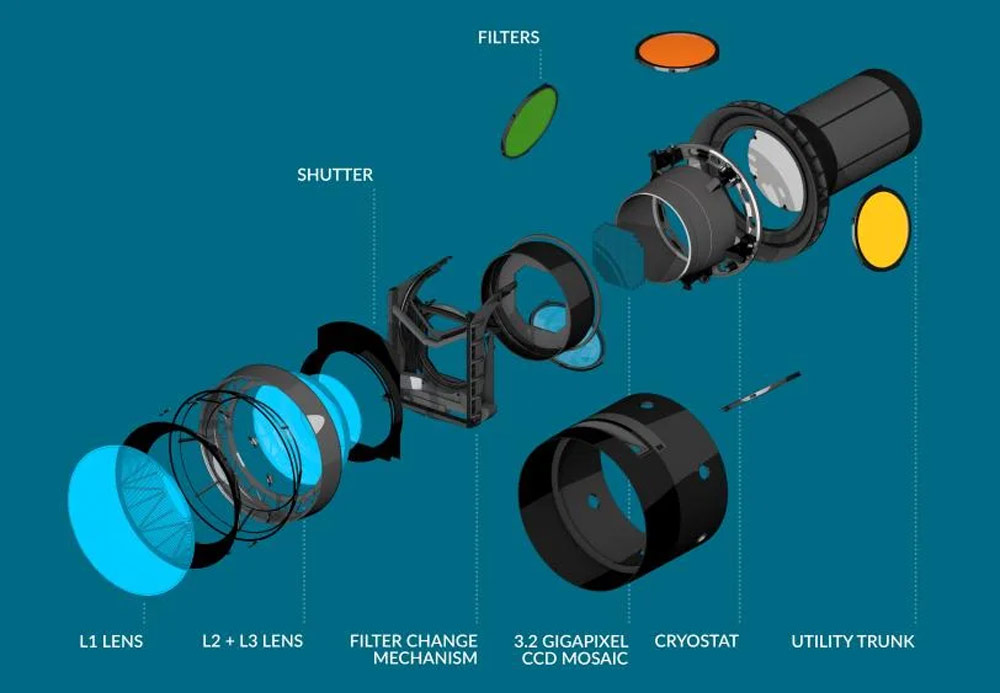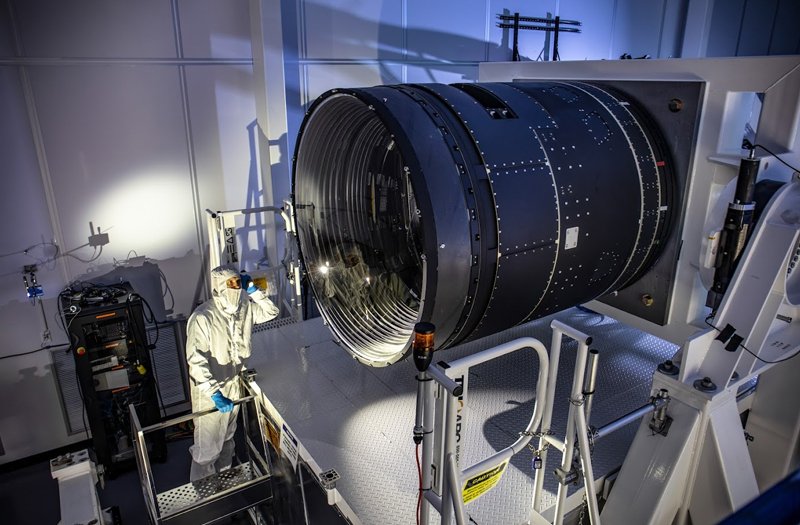Astro and night photography remains a key driver of technological innovation in digital cameras, as it’s a big challenge to capture sharp, detailed, relatively noise-free images of distant celestial objects and galaxies.
Indeed, astronomers need the most powerful cameras they can get their hands on, but even the most demanding star gazers should be impressed by the monster, 3,200 megapixel Legacy Survey of Space and Time (LSST) camera. This is the highest resolution ever achieved by an astro camera.

The two-decade project has been funded by the US Department of Energy’s Office of Science, and this goliath of a camera is designed to give scientists a clearer view (literally and metaphorically) of dark matter and energy. These are believed to influence the rotation of galaxies, and indeed, make up most of the mass of the expanding universe.

‘Despite making up 95 percent of the mass-energy of the universe, scientists don’t have a good handle on what either dark matter or dark energy are,’ said the Office of Science. ‘We haven’t been able to detect dark matter so far. However, like footprints, dark matter leaves imprints on the universe that we can see.’
The record-breaking Legacy Survey of Space and Time camera weighs three tons and is able to capture an area seven times wider than a full moon. In a more down-to-earth comparison, its optics and sensor can capture a golf ball from 15 miles away!
Legacy Survey of Space and Time camera: a ‘Chile’ reception
The camera has three huge lenses, with the biggest over 5ft in diameter, with bespoke filters enabling scientists to analyse near-infrared, ultraviolet, and visible light. According to the Office of Science, these lenses will open for 15 seconds to take each photo. The camera will then switch to the next image five seconds later.

The Legacy Survey of Space and Time camera will be housed at the Vera C Rubin observatory, which is currently under construction in the Andes mountains of Chile, where light pollution is not an issue.
The hope is that the massive database generated by the The Legacy Survey of Space and Time camera (it’s expected to capture 37 billion astronomical objects) will help scientists turn some of their theories about the universe into proven scientific fact.
See here for more information from Stanford University about this impressive project.
Further reading
The best cameras for astrophotography
The best lenses for astrophotography








